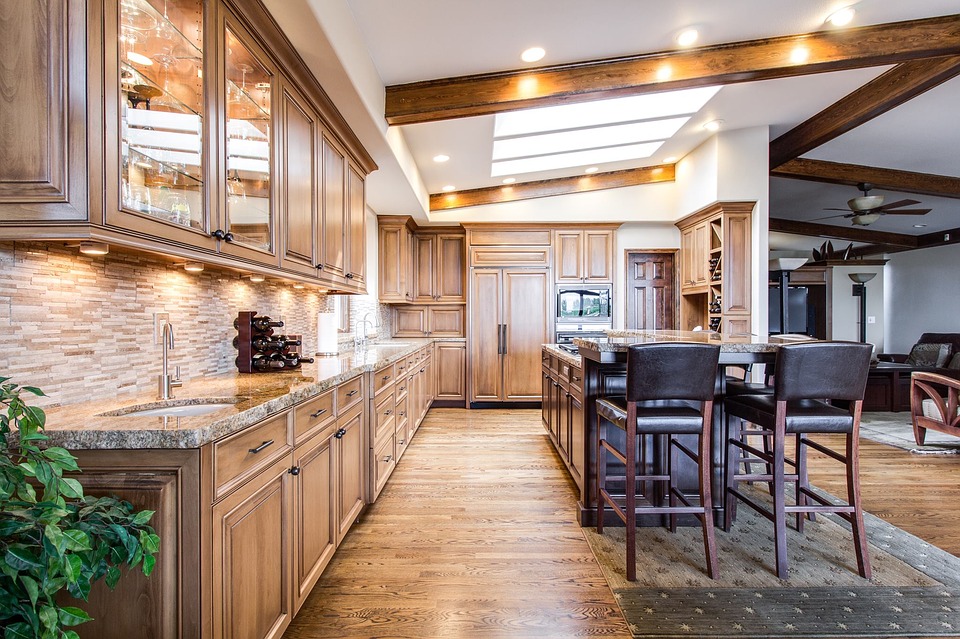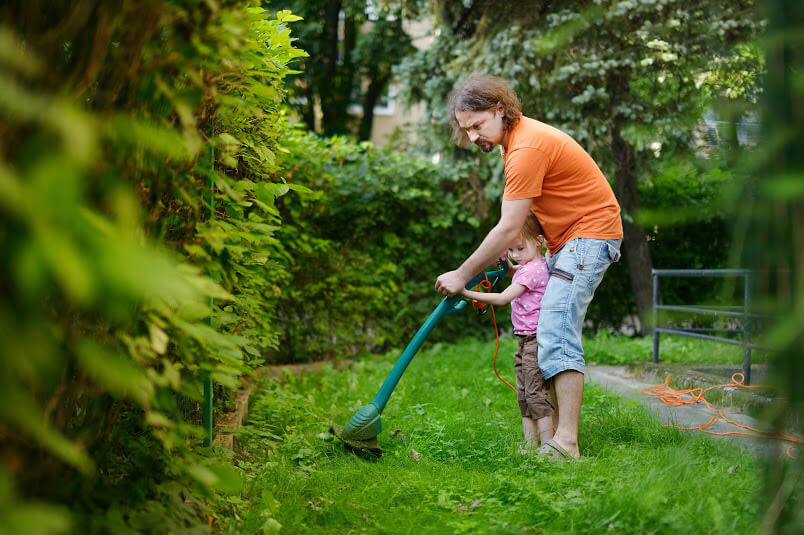Moving can be a stressful time for some families. With so much to organise and a whole house to pack up into boxes, the process can feel overwhelming at times. With the right organisational strategy and a clear plan in place, you can move house without encountering a stressful experience. Use these packing and moving tips to reduce the hassle.
1. Prioritise safety
Many people worry about the safety of their possessions when moving house, particularly when moving fragile objects, valuable furniture, family heirlooms, or antiques. It’s important to have the right supplies available to pack your things safely so all of your treasured possessions get over to your new property in one piece. Invest in plenty of bubble wrap roll to make sure your boxes are securely padded, and use a moving company you know and trust so you can move without any worries.
2. Make a massive to do list
There’s so much to do when you move house, so it’s important to have a clear list to help you stay on track. Sit down with the whole family and craft a thorough to do list. Divide the list into categories for each family member to tackle, and make sure everyone ticks off their achievements once they’re completed. Include even seemingly minor details – every little task counts when you’re moving out.
3. Make sure your boxes are sturdy
The packing process will be much easier with the right supplies. If you’ve used the same old cardboard boxes for every move since university, it may be time for a change. Your possessions will be safest tucked away and wrapped up in strong, sturdy boxes. If you don’t have any of your own, ask around amongst family and friends to borrow some better boxes or to get recommendations for a supplier.
4. Plan ahead
Leaving packing until the last minute is a recipe for a crisis. Make sure things stay calm by scheduling your packing and moving plans well in advance so you know what the plan is for each day ahead of time. This includes enlisting family or friends for help or babysitting, booking the moving van, and arranging cancellations or transfers with your utility companies in advance.
5. Label everything
Your unpacking process will be a whole lot easier if you label everything clearly during the move. Use a thick pen and tape to mark down the contents of each box on the side and top of the box. Write down what’s in the box and what room it belongs in so you can bring it straight to its intended location when you move into your new house.
6. Pack essentials separately
There are certain items that you’re probably going to need to unpack immediately when you move into your new space. This may include toothbrushes, toiletries, a change of clothes, and bedding. Make sure you pack these essential must-haves in their own box that’s clearly marked to be unpacked first.
7. Ask for help
You don’t have to tackle the task of packing and moving all alone. Get the whole family on board to help out, and call in extra help if you need it. There’s no shame in needing a little extra support, and the help could reduce the stress of the move.
Read More:






















